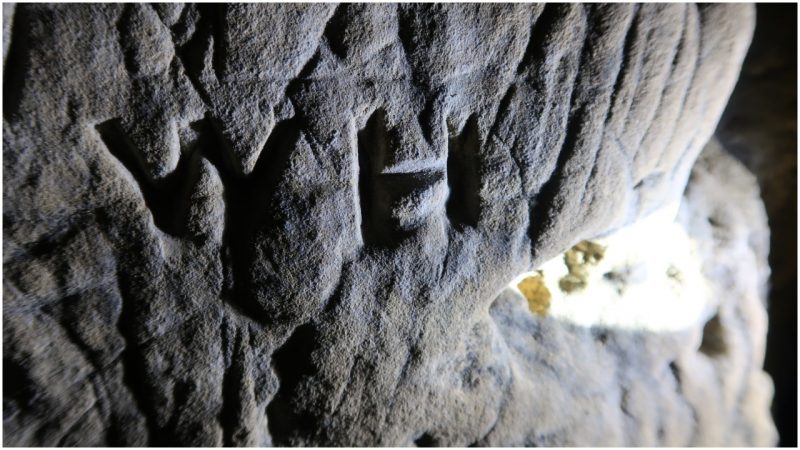One of the largest collections of apotropaic marks has been discovered in a cave in the United Kingdom, according to a report by The Guardian. These strange wall markings scratched on the inside of a cave in the British Midlands are thought to have been ‘anti-witch’ devices, designed to ward off evil and malign spirits.
The cave contains a huge collection of the ritualistic protection markings, left by countless individuals over a period of hundreds of years.
The discovery was made at Creswell Crags, a limestone gorge on the border between Nottinghamshire and Derbyshire. The cave inscriptions had been known to local heritage groups for some time, but no one realized their significance until two visitors on a cave tour, Ed Waters and Hayley Clark, recognized them as apotropaic markings.

The pair were visiting the cave as part of a tour organized for the Subterranea Britannica group, and immediately spotted the significance of the marks. They observed hundreds of letters, symbols and patterns inscribed on the cave walls.
John Charlesworth, Heritage Facilitator at the site, said that the witch marks had been hidden in plain sight, according to Historic England. Workers at the Creswell Heritage Trust had believed them simply to be Victorian graffiti or vandalism produced by later visitors.
However, it has now been revealed that they were made between the 16th and 18th centuries, probably by people from the nearby village of Creswell.
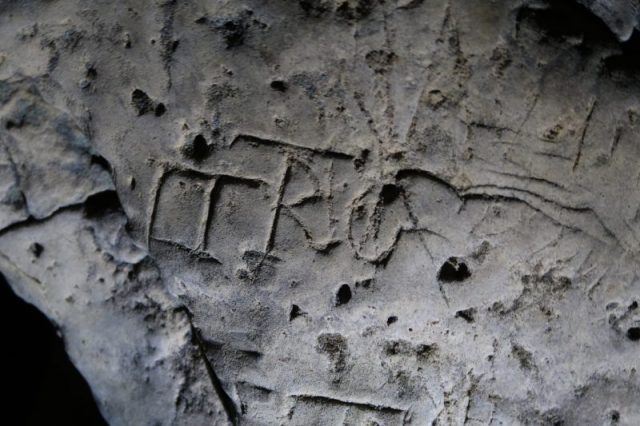
The markings are particularly difficult to decipher, according to The Guardian. They include a large number of crosses and a repeated motif of overlapping “V’s”, thought to be shorthand for “virgin of virgins”, signifying the Virgin Mary. The initials PM are also found in multiple places on the walls of the cave, thought to stand for Pace Maria.
In addition to the initials, which clearly have religious connotations, some of the markings also feature diagonal lines, mazes and boxes. These were intended to “trap” evil spirits, and thus offered extra protection.
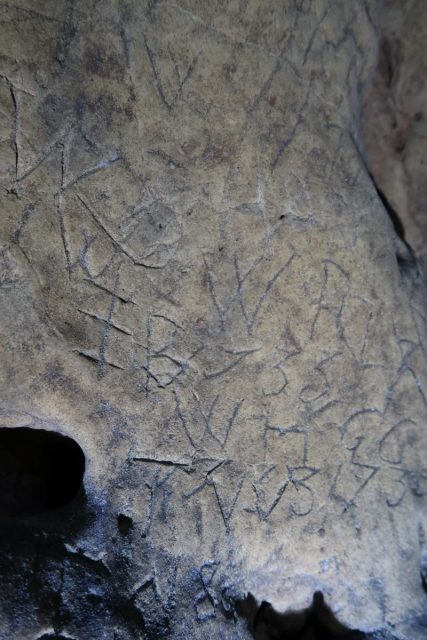
These types of markings are commonly found in houses and churches, usually inscribed on window and door frames. According to Alison Fearne, a specialist in protective marks at Leicester University, they may be seen as a common cultural ritual, akin to touching wood or crossing fingers for good luck. These protective symbols were invoked to deter evil spirits or misfortune.
Related Video:
https://youtu.be/6bnHuYqdEis
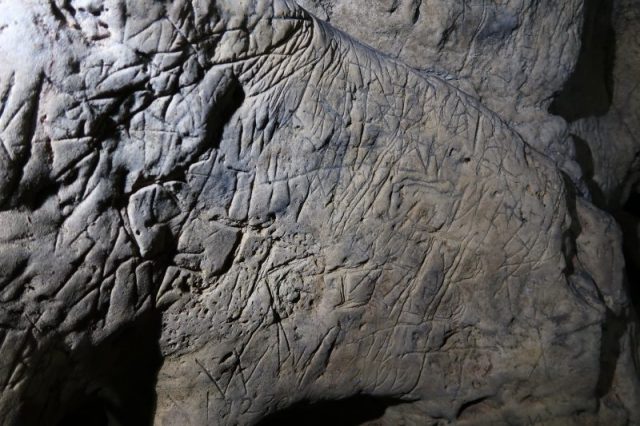
What is less clear, however, is what the people who made these marks at Creswell Crags thought they were protecting themselves from. Fearne suggested that they could represent a fear of witches, fairies or other unidentified supernatural forces.
They may also have been made at particular times of social and economic stress, such as during outbreaks of plague, or poor harvests.
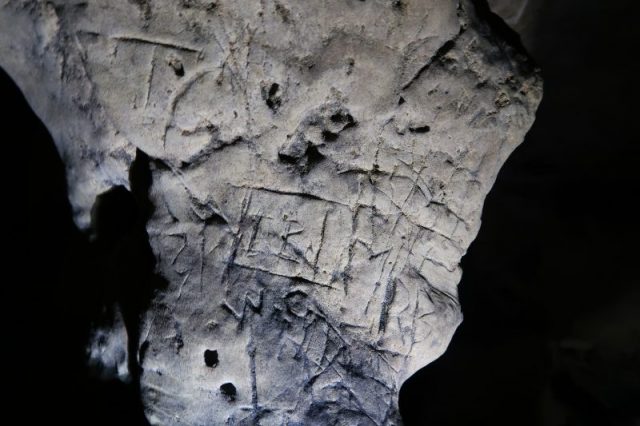
Prior to the 19th century, the caves would have been located much closer to the village of Creswell, which may explain why this was such a popular spot for people to make these marks.
However, it may also be due to the unique landscape around the cave, which is set in a wild, rocky limestone gorge. Speaking to The Guardian, Charlesworth noted that the natural world was often associated with the supernatural, and landscapes like this could sometimes appear threatening.
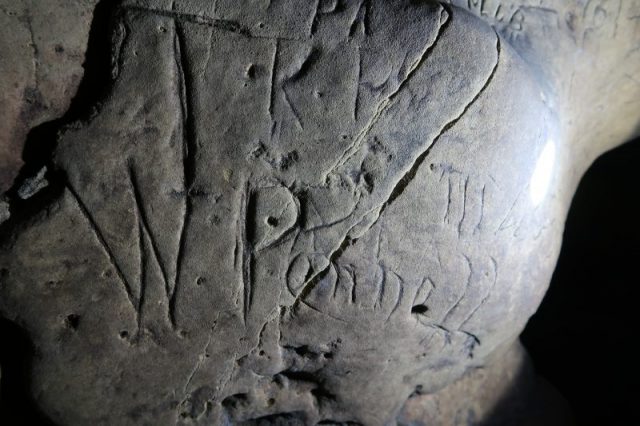
“[The caves] are places where supernatural forces in an untamed non-human environment could be at work. Local people are in the jaws of this monstrous landscape.” This may be the key to understanding why so many people chose to inscribe protective signs in these particular caves, and tells us a great deal about the fears and preoccupations of people living in 16th and 17th century England, and their relationship to the natural world.
Although similar protective markings have been found in sites all over the United Kingdom, the find at Creswell Crags is unprecedented, and possibly represents the highest concentration of marks ever discovered in Britain.
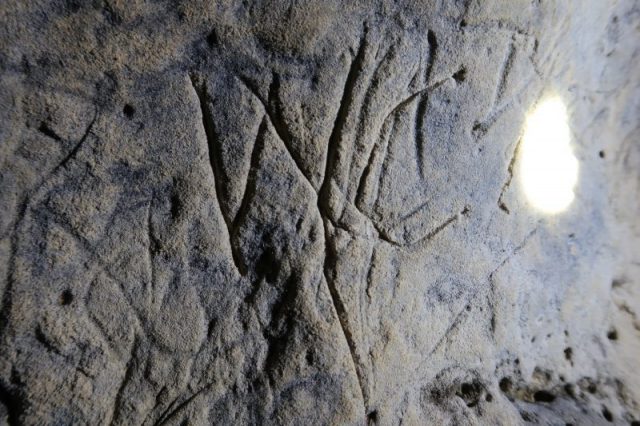
As Fearne notes, this makes it extremely significant for advancing our understanding of this fascinating phenomenon and may offer unique insights into early modern attitudes towards the supernatural.
The Creswell Heritage Trust are now working closely with Historic England in order to understand the full significance of the find, and plan to launch tours of the caves from March 2019.
